Tsering Dhundup
DHARAMSHALA, Nov 7: His Holiness the 14th Dalai Lama has appointed His Eminence Sharpa Choeje Rinpoche Jetsun Lobsang Dorjee Pelsangpo as the 105th Gaden Tripa, the supreme head of the Gelug school of Tibetan Buddhism.
The current 104th Gaden Tripa, Jetsun Lobsang Tenzin Pelsangpo, recently requested to step down from his position. Following traditional protocol, the Tri Thog Khang (office of Gaden Tripa) submitted two candidates for consideration – both Sharpa Choeje and Jangtse Choeje – with His Holiness selecting the senior Choeje for the position.
His Eminence Sharpa Choeje Rinpoche, born in 1937 in Eastern Tibet’s Markham Tsalo district, brings extensive scholarly and spiritual credentials to the role. After joining Drepung Loseling Monastery in Lhasa at age seven, he fled to India in 1959 following Tibet’s occupation by Communist China. He continued his studies at Buxa Chogar and later completed his Geshe examinations with first-division results in Mundgod, South India.
The enthronement ceremony is scheduled for November 9th. Currently, Rinpoche is receiving medical treatment at the Men-Tsee-Khang (Tibetan Medical Institute) at the Dalai Lama Institute in Bangalore.
The appointment follows established tradition of alternating leadership between the Sharpa Chojey and Jangtse Chojey lineages. The position of Gaden Tripa, which dates back to Je Tsongkhapa (1357-1419), the founder of the Gelug school, is unique in that it is not a reincarnation lineage but rather an appointed office based on academic merit and spiritual achievement.
The current 104th Gaden Tripa, Jangtse Choejey Kyabje Jetsun Lobsang Tenzin Palsangpo, who was appointed in 2017 following the unexpected passing of his predecessor, the 103rd Gaden Tripa Jetsun Lobsang Tenzin Rinpoche.
The selection process for Gaden Tripa displays the Gelug school’s emphasis on scholarly excellence and spiritual integrity. Candidates must progress through various monastic positions, including roles as discipline enforcer, deputy abbot, and abbot, before becoming eligible for this highest office. As a popular saying in the tradition notes, “The throne of Gaden is free of monopoly, any capable and qualified son of mother can attain it.”
His Eminence Sharpa Choeje Rinpoche, who was enthroned as Sharpa Choeje by His Holiness the Dalai Lama in 2016, is recognized as one of the greatest masters of his generation. His appointment continues a distinguished lineage spanning six centuries, maintaining the spiritual legacy of Je Tsongkhapa, who is widely venerated as an emanation of Manjushri, the Buddha of Wisdom.


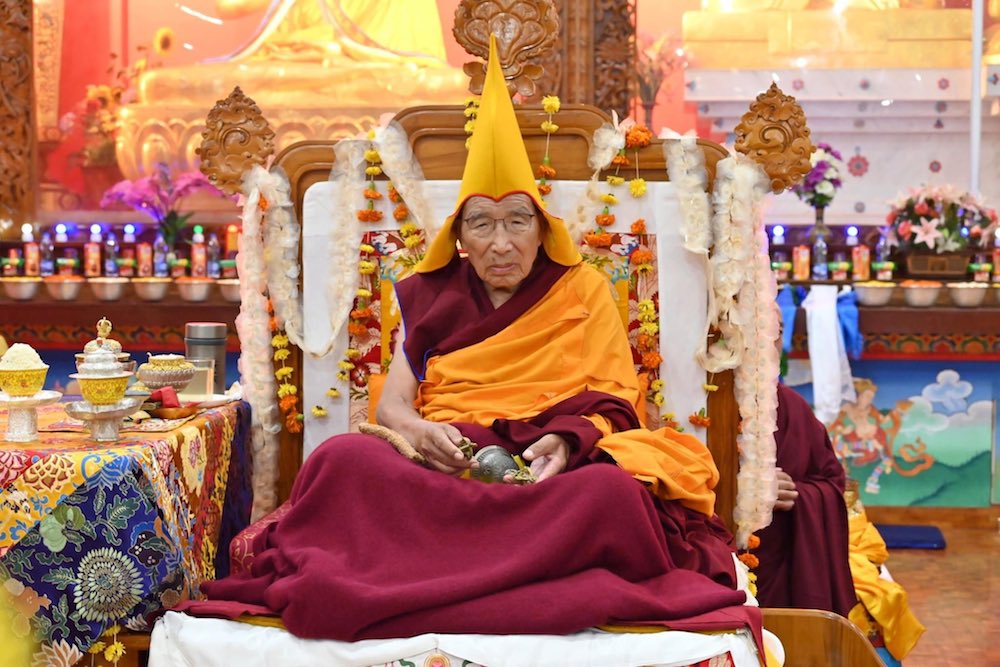



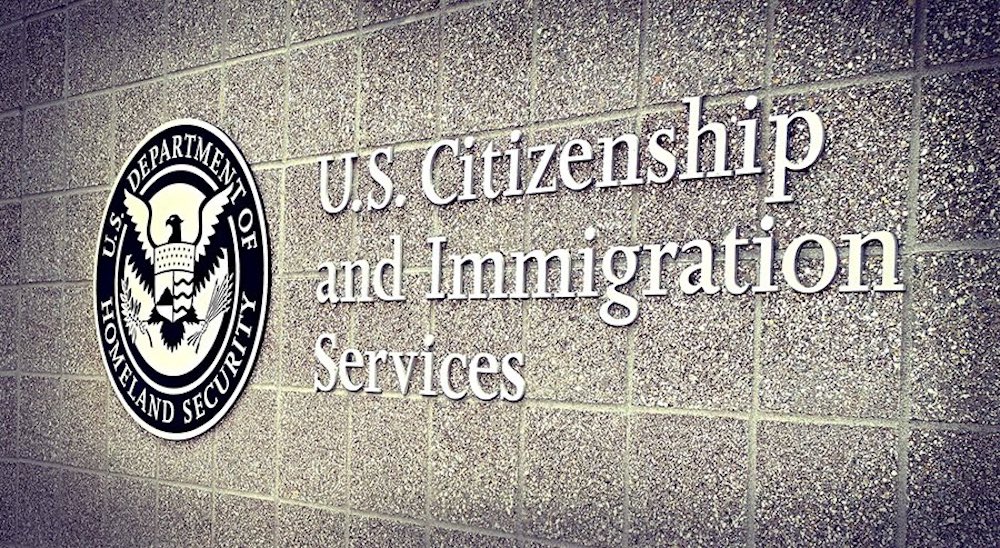
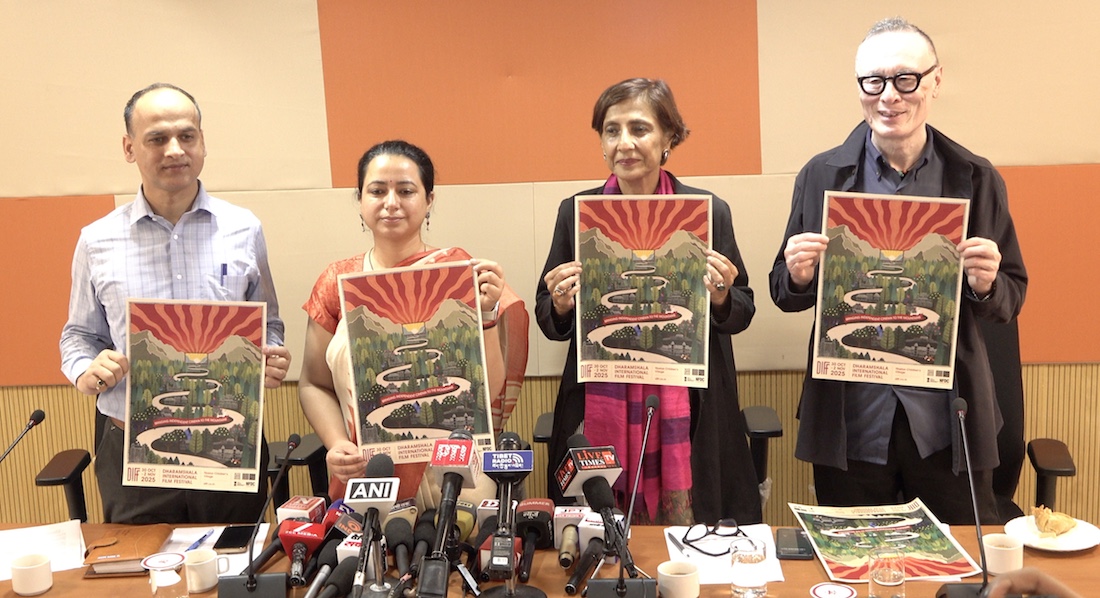
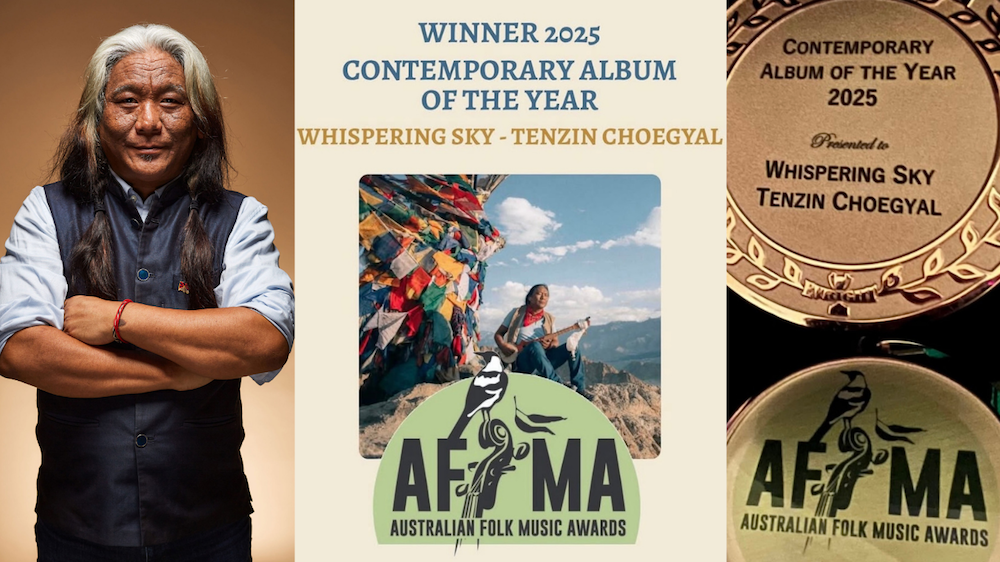

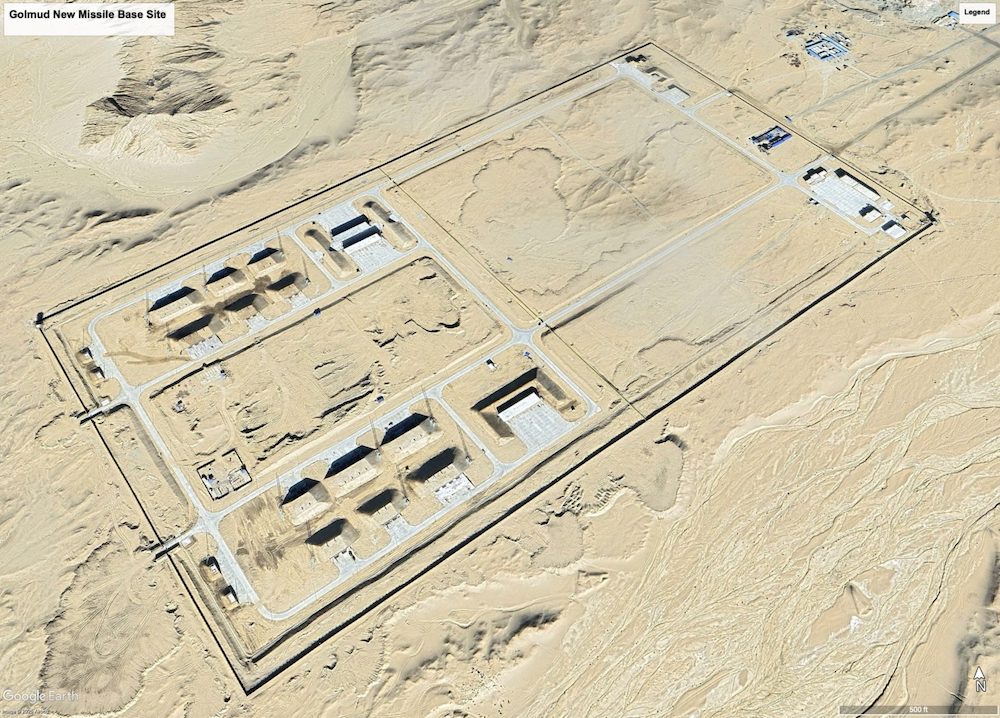
One Response
The Gelug tradition of Tibetan Buddhism is one of the most popular Buddhism that is taking root across the world. The credit goes to the Dalai Lams for his serene persona and his message of universal love among all sentient beings. The Geluk tradition was found by Je Tsonkhapa Losang Drakpa. He was an erudite scholar of phenomenal knowledge. He is reputed to have written some eighteen treatises on both Sutra and Tantra. During the the eleventh century, there was lot of misunderstanding about Tantrayana and Sutrayana, since there was differences of opinion among the public. Some people indulged in unsavoury behaviour of sexual dalliances with women in the name of Tantra practice! This caused division since the Sutrayana practitioners insisted on abstinence rather than indulgence in sex as path to liberation. Since no one was able to be an honest arbiter between the two warring factions, the King of Ngari (ལྷ་བླ་མ་ཡེ་ཤེས་) invited Atisa to come to Tibet to clarify the fog of confusion between Tantric practice and Sutrayana practice. Atisa came to Tibet and taught the clear distinction between Tantrayana and Sutrayana teachings. The lineage of Atisa and Domtonpa, who was Atisa’s for most desciple came to be known as the Jowo Kadampas. . Many illustrious masters such as the three brothers བཀའ་གདམས་སྐུ་མཆེད་གསུམ་ are celebrated as the greatest masters of this lineage. After the demise of the Kadam tradition, Je Tsogkhapa continued the reform of Buddhism in Tibet. Tsongkhapa made sure the monks and nuns follow strict discipline as instructed by the Lord Buddha. It cleaned up the dodgy practice of the Buddhist clergy indulging in sexual activities and consuming alcohol while donning robes! This tradition was propounded by Je Tsongkhapa and came to be known as New Kadamps or Gelukpas. The school is strict in celibacy. All Geluk monks and nuns are strict adherents to the rule of celibacy. If any individual transgresses their professed commitment to celibacy, they must leave the monastery or be expelled! Another notable exception to the Gelukpas is the intense study of the five great treatises known as གཞུང་ཆེནབཀའ་པོད་ལྔ་ The great Geluk seats are Sera, Ganden, Drepung and Tashi Lhunpo known as the Four Great Seats of Buddhist Emancipation (གདན་ས་ཆེན་པོ་བཞི་) Tsongkhapa was the founder of Ganden Monastery and it’s abbot. After Je Tsongkhapa’s pari-Nirvana, one of his foremost desciple Gyaltsab Dharma Rinchen became his representative on the seat of Ganden and so it continued to this day. The Gelukpas are highly educated and erudite in their debating skills since they are trained for 20 or even 30 long years in debating. It is for this reason, there is a saying in Tibet “དགེ་བཤེས་ལགས་དང་བརྩོད་པ་མ་རྒྱབ་ ཀ་བ་ལགས་དང་བརྡུང་ཀ་མ་རྒྱབ་ (Don’t debate with Geshes, it is like hitting your head to the wooden pole! So, it is no surprise that a section of people who are supporters of the present incumbent are incensed by the debating skills of the ཆོས་རྒྱུད་སྤྱིའཐུས་ (religious representatives) and are calling for their abdication! These people are whipping up anti-monk, anti-Buddhist sentiments in the community to browbeat the religious representatives into submission. They are clearly influenced by irreligious communist ideology which has no regard for monks, nuns and Lamas. The way the three སྤྱི་འཐུས་ (parliamentarians who visited Switzerland) were treated in Switzerland clearly demonstrated that these people are now treating Tibetan religious parliamentarians as the real enemy and the language they used against the religious representatives are a copy of the dark cultural revolution denunciations against monks and lamas to shame them and discredit them. They are ridiculing the high Lamas which is a pet past time of the Chinese communist party! The monk community will not respond because they follow སངས་རྒྱས་བསྟན་ལ་དགྲ་བྱུང་ན་ ཉན་ཐོས་རྣམས་ཀྱིས་བཟོད་པ་བསྒོམ་ (when the enemies of the Dharma appears, the monks/nuns must persevere with tolerance). If Tibetans are genuine in their belief in the Buddha Dharma, they should be aware of the danger post by irreligious, monk/nun hating minority who are spewing venom on a community that is the bedrock of Tibetan civilisation!